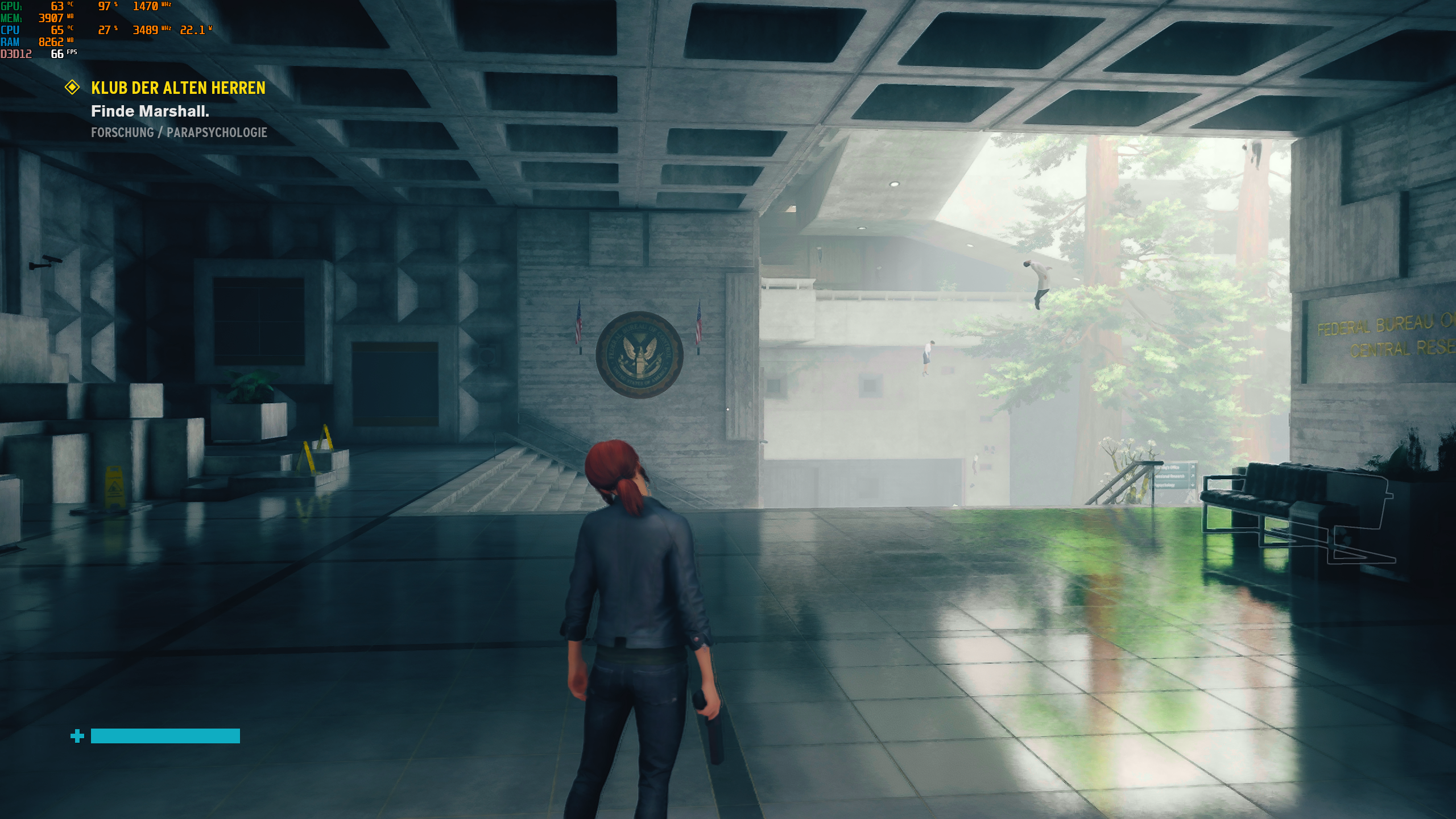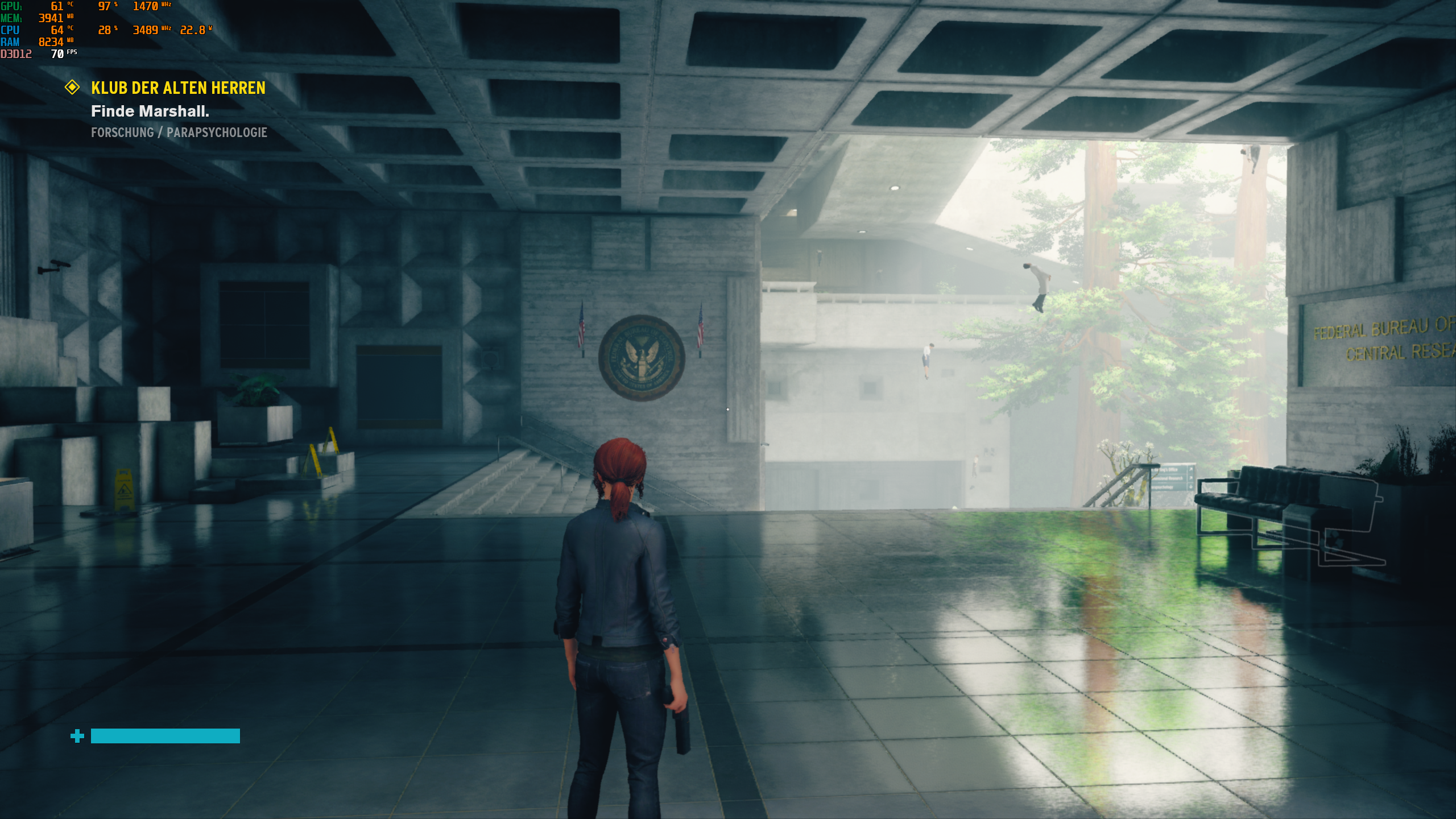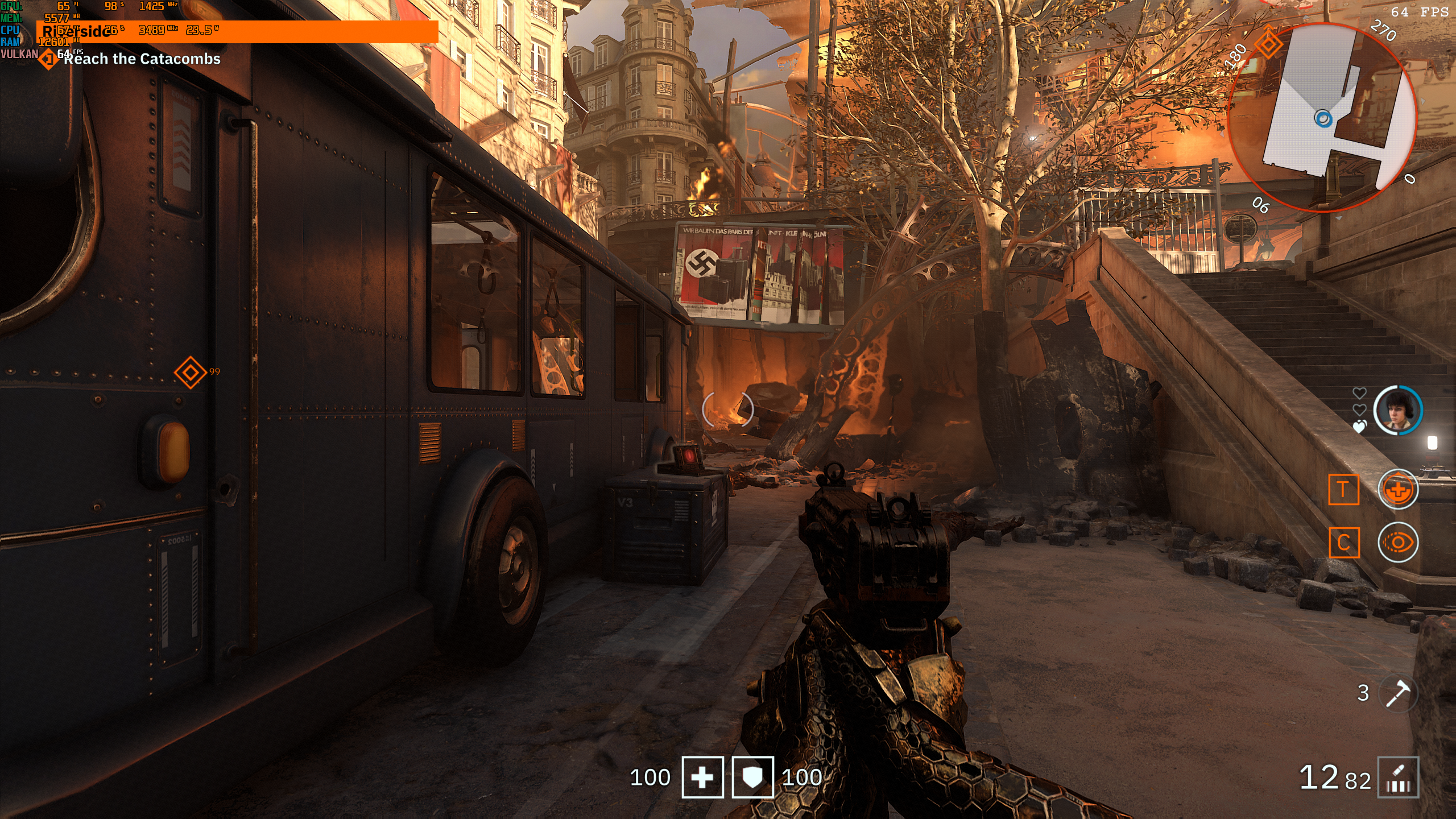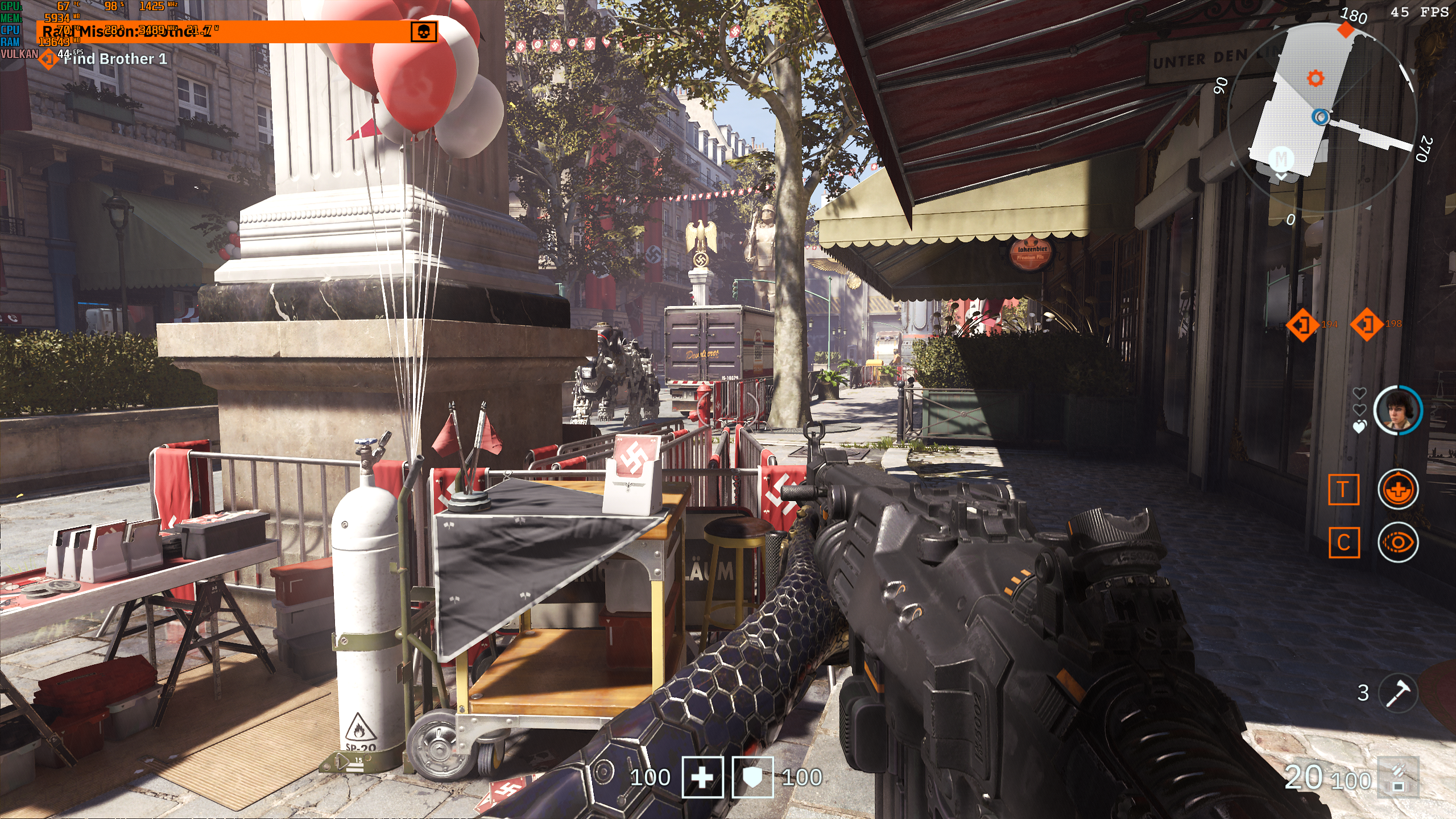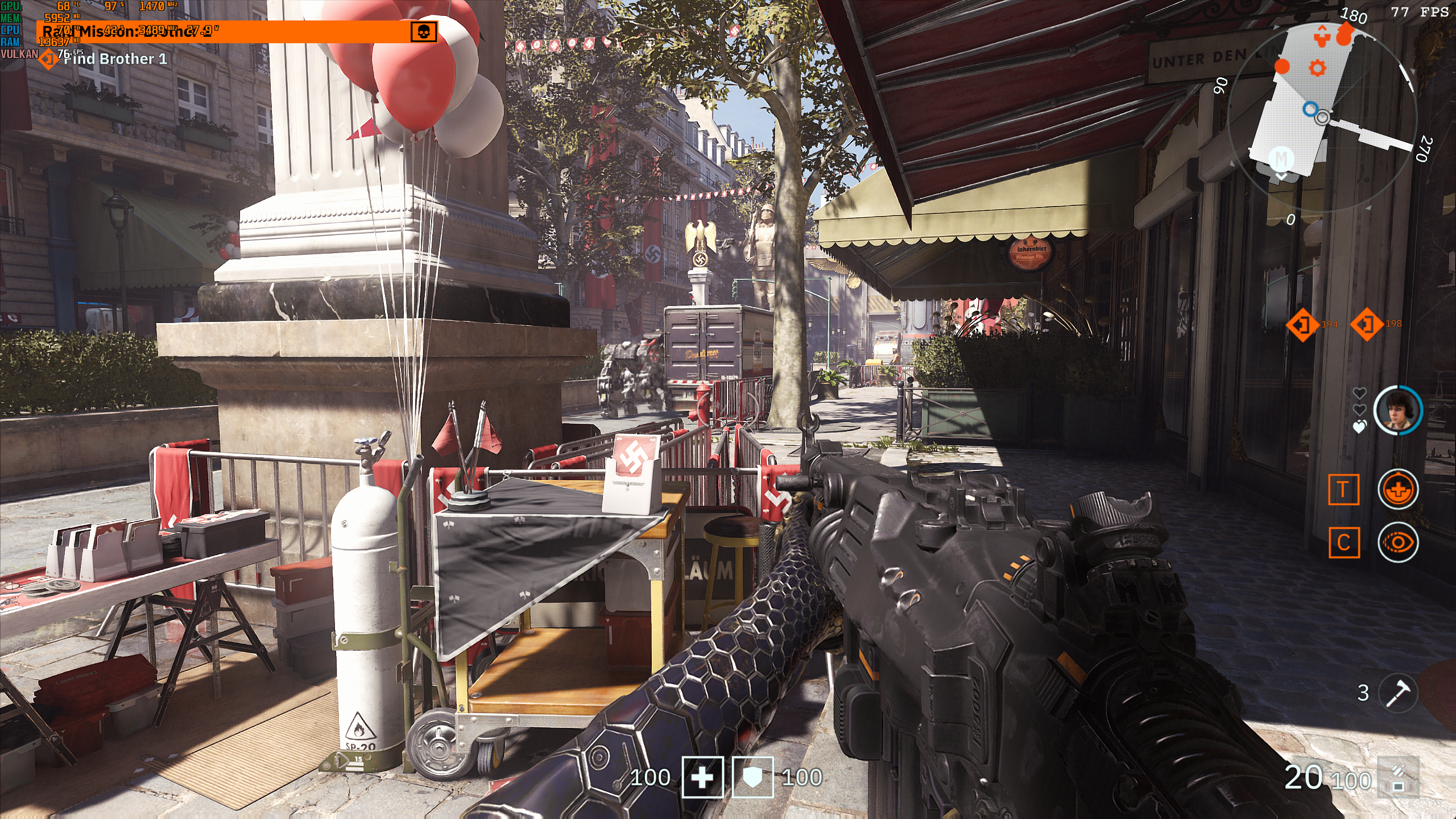So I recently did a new PC build and bought a 2070 Super to go with it. I've been wanting to mess with Raytracing but didn't really think about DLSS much until I tried it a day or two ago.
The two games I tried were Monster Hunter World and Metro Exodus. I'm running native 1440p.
Monster Hunter didn't look good with it on. Quite blurry compared to native 1440p, a noticable downgrade. So I spend a few minutes with it on and turned it off. Nice performance boost but not worth it for me.
Metro though, holy shit. With Raytracing on and Ultra settings, at 1440p my FPS was hanging out around 50 in the opening area. With DLSS on I'm hanging out around the 70s and I literally cannot tell any visual difference. If I manually change the in-game resolution from 1440p to below that the difference is clear as day but toggling DLSS on doesn't even register to me, visually.
That's...crazy? If more games start getting implementations this good it's basically going to be a no-brainer for a free massive performance boost. I see a lot of talk about Raytracing in general, but DLSS seems like a pretty killer feature too. Much better than standard resolution scaling - I barely ever see it mentioned though. I'll be really impressed if other games can get good implementations like Metro Exodus'.
So yeah if you have a card that can do it and haven't given it a chance, give it a shot. I expected it to be a buzzword and just look like regular-ass resolution scaling but was really impressed with Metro, at least. Really helps offset the Raytracing performance knee-cap.
The two games I tried were Monster Hunter World and Metro Exodus. I'm running native 1440p.
Monster Hunter didn't look good with it on. Quite blurry compared to native 1440p, a noticable downgrade. So I spend a few minutes with it on and turned it off. Nice performance boost but not worth it for me.
Metro though, holy shit. With Raytracing on and Ultra settings, at 1440p my FPS was hanging out around 50 in the opening area. With DLSS on I'm hanging out around the 70s and I literally cannot tell any visual difference. If I manually change the in-game resolution from 1440p to below that the difference is clear as day but toggling DLSS on doesn't even register to me, visually.
That's...crazy? If more games start getting implementations this good it's basically going to be a no-brainer for a free massive performance boost. I see a lot of talk about Raytracing in general, but DLSS seems like a pretty killer feature too. Much better than standard resolution scaling - I barely ever see it mentioned though. I'll be really impressed if other games can get good implementations like Metro Exodus'.
So yeah if you have a card that can do it and haven't given it a chance, give it a shot. I expected it to be a buzzword and just look like regular-ass resolution scaling but was really impressed with Metro, at least. Really helps offset the Raytracing performance knee-cap.




